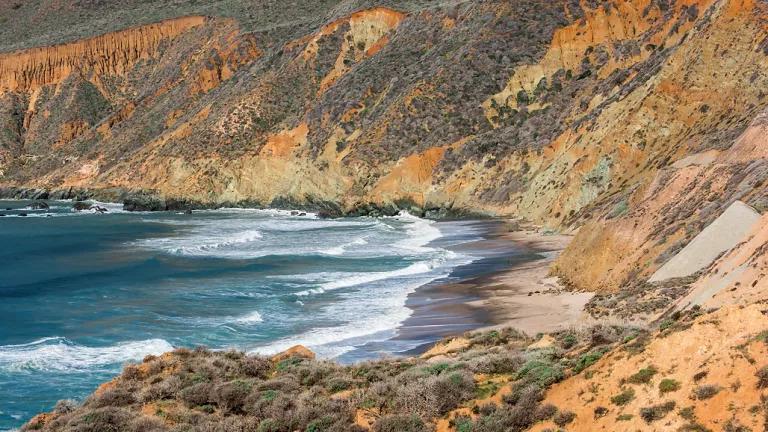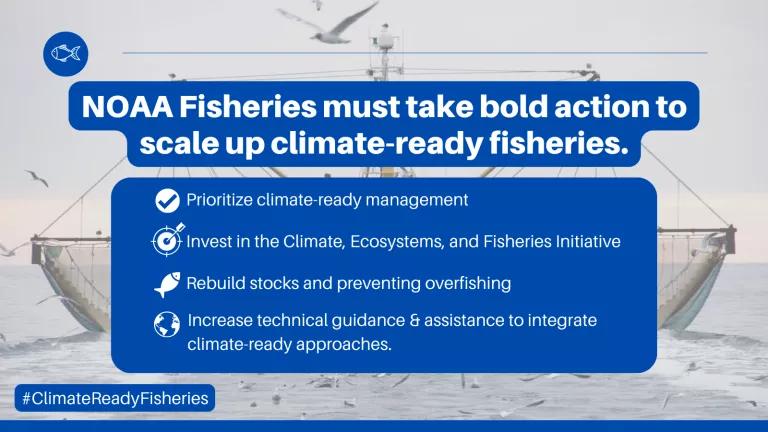
Record floods have been occurring throughout Illinois and Missouri over the holidays. Floods are never something to be taken lightly, but flooding combined with winter conditions makes for a deadly combination. More than 20 people have lost their lives in these floods, and the toll is likely to rise as flooding continues.
The last time there was flooding like this was the summer of 1993. That year, a 500-year flood sent the Mississippi, Missouri, and other tributaries out of their banks. Less than 23 years later we have floods that are breaking all-time records once again.
Caption: Coast Guard MH-65 Dolphin helicopter crews monitor areas affected by the high water and flooding near Cape Girardeau, Mo., Jan. 3, 2016. U.S. Coast Guard photo by Petty Officer 2nd Class Seth Johson
Back in 1993, I was a sergeant in the Illinois National Guard and I spent my share of time throwing sandbags at the 1993 flood. In my lifetime, I never expected to see bigger floods on the Mississippi River (especially in December, when floods are pretty rare). But at some locations (here, here, and here) records are indeed being broken. My experience during the Great Flood of '93 motivated me to learn more about the various problems facing the Mississippi River and rivers around the country. Since then I've spent my entire career working on environmental issues.
Eventually that led me to NRDC where my work now revolves around dealing with the impacts of climate change. In particular my team focuses on the increased risk of flooding that accompanies climate change -- from sea levels rising along our coastlines to flooding due to severe rains, like those currently inundating communities throughout the Midwest.
Flooding is the costliest natural disaster we experience in this country. Between 1980 and 2013, flooding cost the US economy $260 billion with more than 20 individual flood events exceeding $1billion in damage. My team at NRDC recently looked at how much federal assistance goes to rebuild public infrastructure in the wake of floods.

The high cost of flooding. NRDC found that FEMA spent $48.6 billion 1998 to 2014, predominantly to repair or replace public buildings ($12.6 billion), public utilities ($7.4 billion), roads and bridges ($5.5 billion), and water-control facilities like levees, dams, and pumps ($1 billion).
From 1998 to 2014 $48.6 billion in FEMA Public Assistance Grants were spent in the wake of floods each year from 1998 to 2014. That bill has only increased with major floods hitting parts of Texas, Oklahoma, South Carolina, and, now, Illinois, Missouri and many other parts of the Midwest and Southeast.
These floods come at an interesting time. Congress will start to debate much needed reforms to the National Flood Insurance Program, which NRDC thinks are essential if we're going to help people relocate away from areas vulnerable to rising sea levels and more frequent flooding. And these floods come just as federal agencies are beginning to implement new federal flood protection standards.
Climate change will only exacerbate the United States' vulnerability to disastrous flooding. Increasingly intense storms will make flooding more likely along our rivers. And sea level rise makes coastal flooding not only more likely, but inevitable for millions of people across the country. It's high time that we rethink how we rebound from flood disasters and how we plan for future ones.




